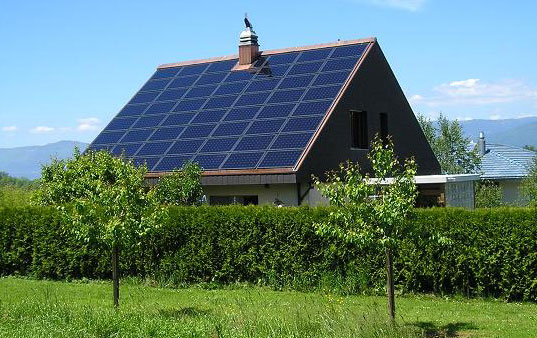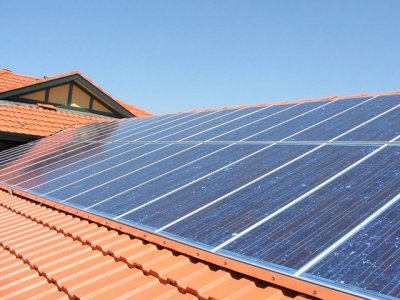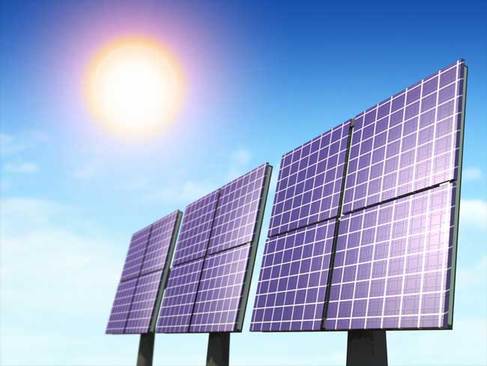If you want to investigate solar home panels you will need to chose the right providers for your needs.
You’ve made the decision to go with solar energy for your energy needs. In going solar, you need to know who is who. Let’s take a closer look.
Who is Who?
Companies in the solar energy industry come in two main forms. One set provides the systems you need to produce solar energy on your own. A much smaller subset will sell you a form of clean energy.
If you want to skip putting solar panels or shingles on your home, you need to find a company that will sell you power just like a utility. Unfortunately, there isn’t any nation wide company that solely provides solar electricity to customers. If you’re willing to look a bit broader, Green Mountain Energy Company may be for you.
Green Mountain Energy Company is a “cleaner electricity” company. It only buys power produced from wind, solar, biomass, water, geothermal and natural gas. The power is then fed into regional power grids and you tap it from there. The advantage of Green Mountain is you are using cleaner power than a typical utility company, but not completely clean as you find when generating solar power yourself. The biggest downside to Green Mountain is you are still paying utility bills, often more than you would pay to the utility company in your area. That being said, Green Mountain is really the only company of its type.
When people refer to providers, more often they are discussing manufacturers and installers of solar energy systems. In the case of solar energy, there are a few big industry leaders.
BP Solar is one of the largest producers for solar energy solutions for residential, commercial and industrial platforms throughout the world. The company is a true leader in the field and provides simplified solutions for homeowners by combining the sale of solar energy systems with full installation. A very popular company with many homeowners.
Somewhat surprisingly, General Electric is one of the biggest producers of solar energy solutions. The company offers high end commercial solutions and custom made solutions using crystallized silicon solutions. It also offers pre-packaged systems for residential homes.
On the other end of the scale, Uni-Solar is the creator the new solar roof shingles that are gaining popularity with consumers, businesses and government agencies. The shingles sit flat on homes like regular roof shingles, getting rid of the bulky solar panel appearance. The Uni-Solar product is considered a fairly major break through in solar power.




